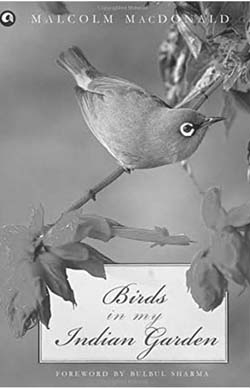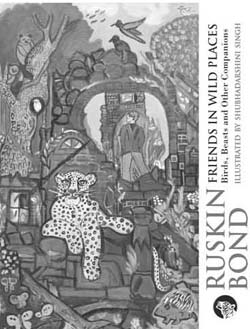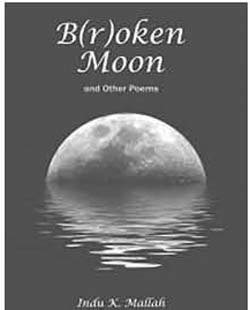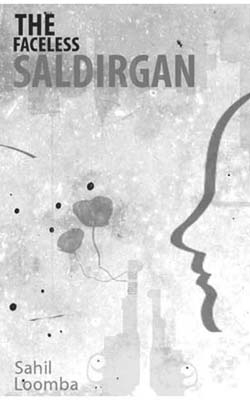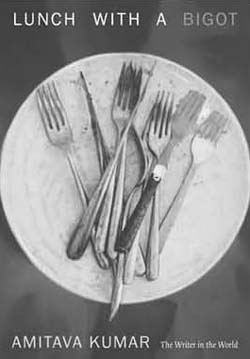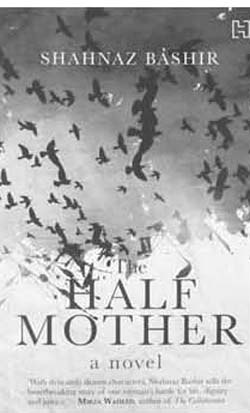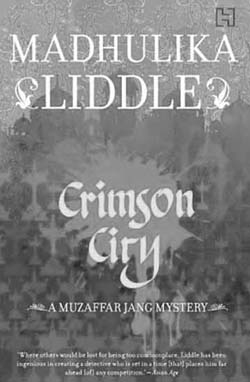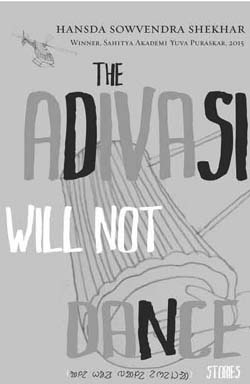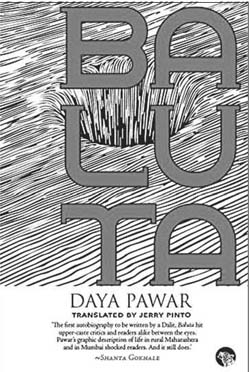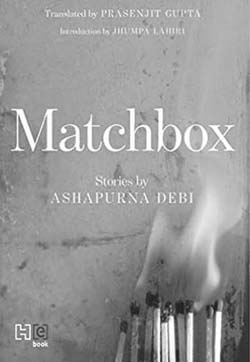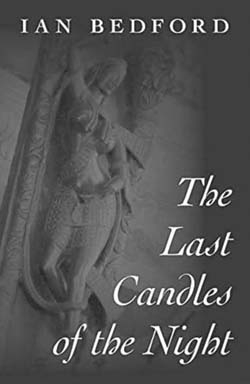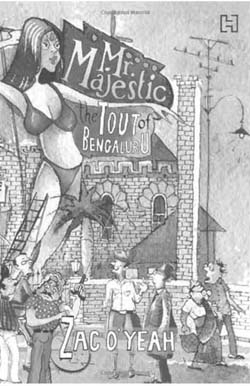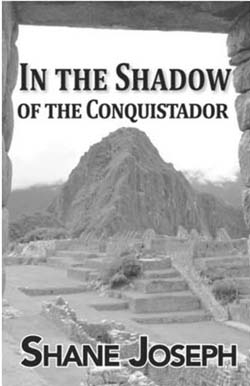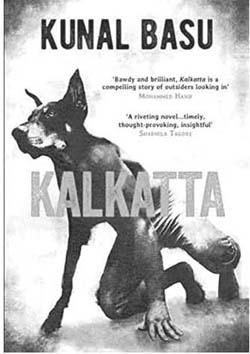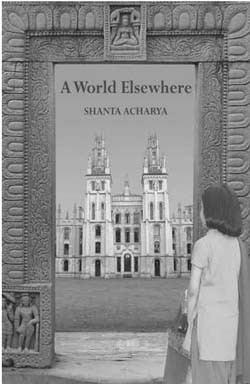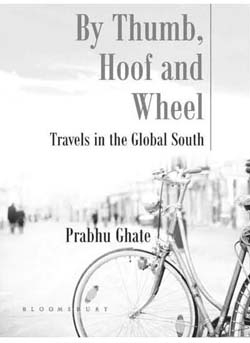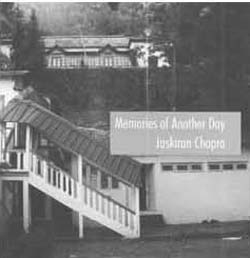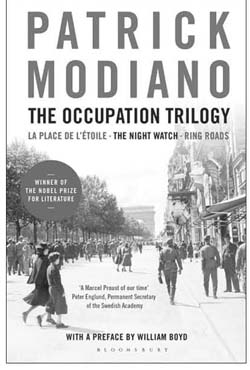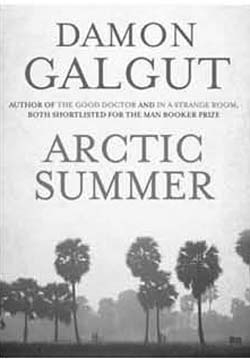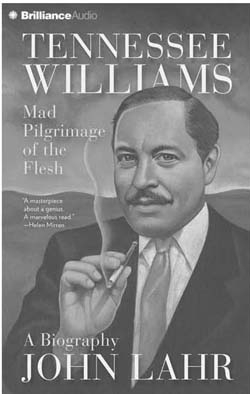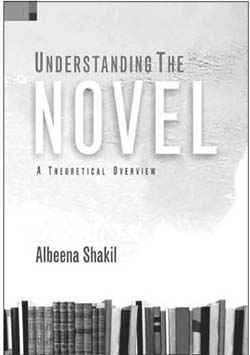I have just read the 40 years of the Book Review. Wonderful, if you have not read it, well need I say you should! One of the editors is close to me, in many ways. I think she wanted to render homage to the words and books which, nurtured us, accompanied us. We grew up in a home, I say home not house for therein lies the difference, for words meant a lot to us, in a home I was saying, where the walls were lined with books which murmured wherever we moved, whatever we did. This constant presence never did quieten, throughout our lives the ‘emanating words, words from the walls words from the air’
Editorial


